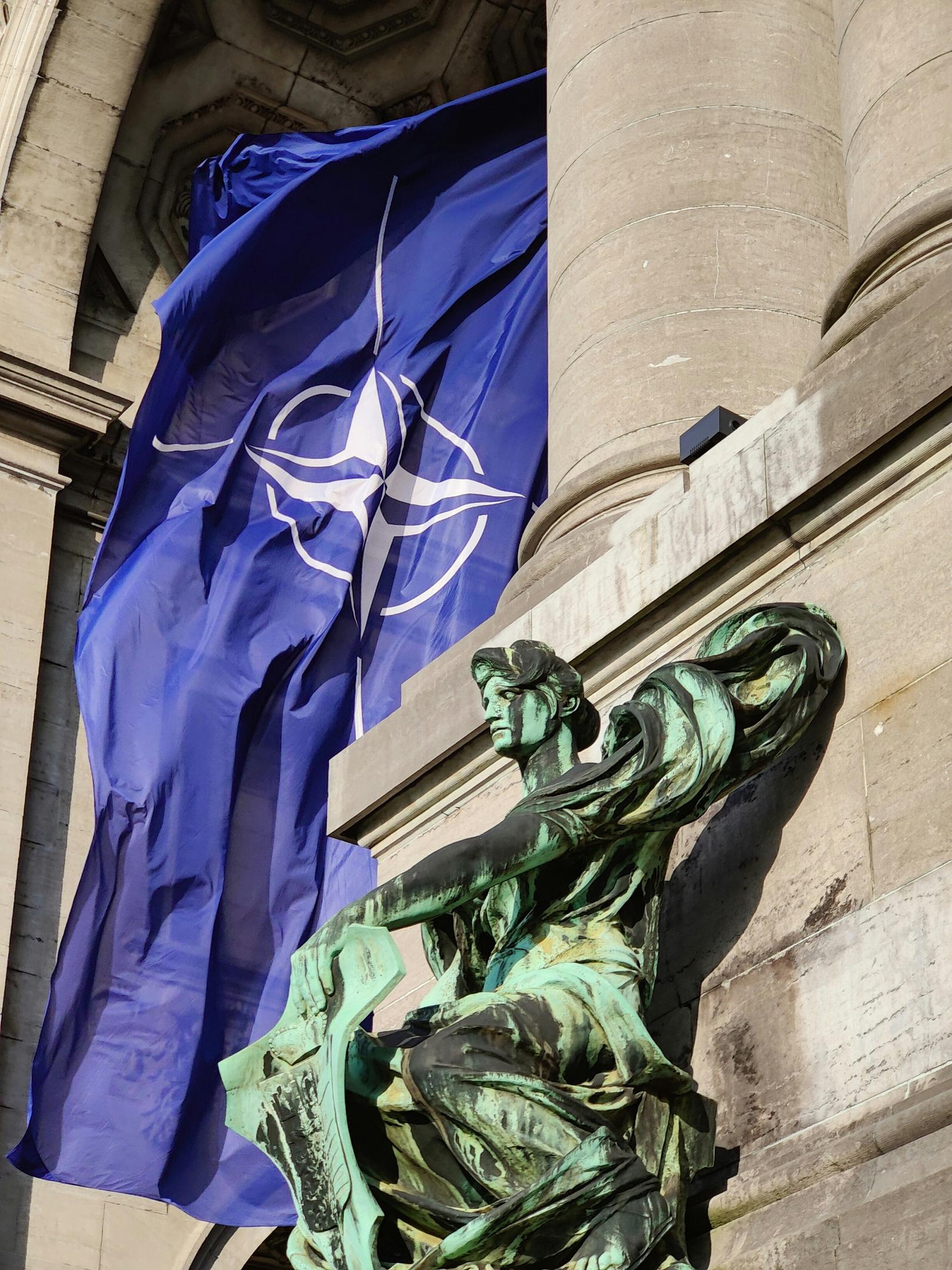The North Atlantic Treaty
The North Atlantic Organization, better known as NATO, was created in 1949. NATO is an international alliance that exists primarily for peacekeeping. In addition to this primary objective, NATO also takes on other tasks and responsibilities. This part of the module is intended to give you a general basic knowledge of NATO.

NATO's tasks and objectives
NATO is a defensive alliance while promoting democracy and human rights. This is important for Europe's and North America's security. Its commitment to collective defence, its adaptability to new global security threats (such as terrorism and cyber-attacks) and its promotion of cooperation and dialogue between Member States are unique. Over the years, the areas of responsibility have been steadily expanded.
What are the main objectives?
Deterrence: NATO is designed to deter potential aggressors from attacking member states.
Defence: If a Member State is attacked, the other members will come to its aid.
Crisis management: NATO can intervene in crises and conflicts to promote peace and stability.
Partnership: NATO maintains relations with other countries and organizations to strengthen international security.
What are the most important tasks?
Military exercises: NATO conducts regular military exercises to ensure the operational readiness of its armed forces. In doing so, it trains military cooperation and interoperability* between member states.
Deployment of troops: NATO is deploying troops in various member states to increase security.
Policy advice: NATO member states meet regularly on security issues.
Arms control: NATO is committed to arms control and limitation.
(*Explanation of the term interoperability = the ability of different systems, techniques or organizations to interact.)

